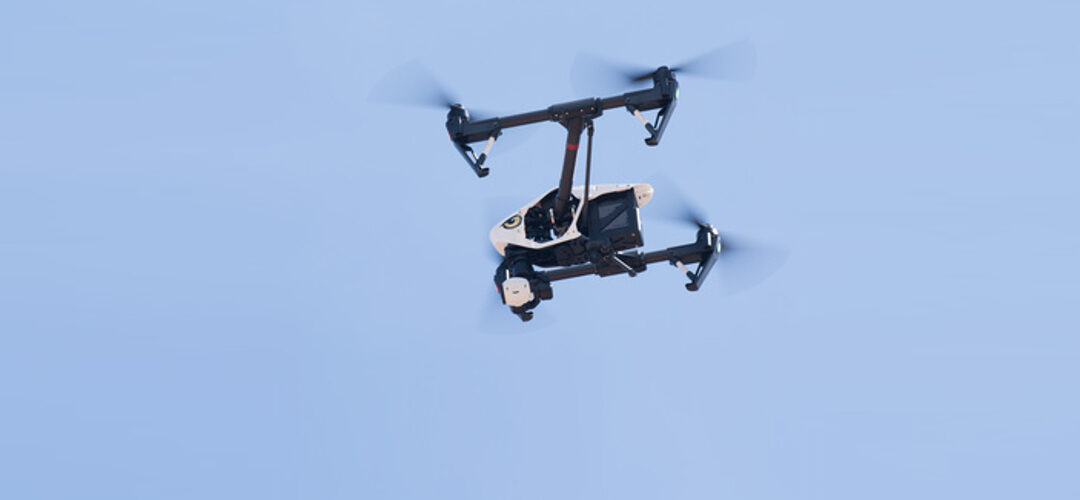In the last few years the use of new technology in surveying has changed dramatically, making surveys more precise, accurate and cost-effective. We have gone from the use of total stations and GPS to 3D Laser Scanner/LIDAR (Light Detection and Ranging) and in more recent years to the use of UAV (Unmanned Aerial Vehicles).
Land Surveyors have always embraced these new techniques in order to provide more accuracy in every job and to make the whole surveying process more cost-effective. Now, the appearance of UAVs gives the opportunity to minimise the time taken to collect data on the ground and the disruption to the public, while also reducing the health and safety risks. That is why the surveying industry is evolving and adopting these new procedures at a fast pace.
The advantages of using drones in land surveying/mapping of civil infrastructure (such as the railway network) are particularly significant as they boost safety while decreasing disruption and costs. It is essential to check the infrastructure (for cracks, corrosion, etc.) to keep it in perfect working order but the Authorities are under substantial pressure to avoid major disruptions to the public and commuters.
With minimal impact drones can monitor the infrastructure while it is being used by the public, reducing costs and making it safer for the public and surveying teams alike. It is also possible to check the infrastructure much more regularly than conventional surveying techniques would allow. This means that valuable data can be collected and transferred in real time to the bodies in charge of maintenance leading to safer, more efficient and cost-effective up-keep.
UAVs and related technologies are developing quickly as the interest in their uses and capabilities is increasing. At 3D Surveys Consulting, we now offer drone surveying of railway and other public infrastructure, as well as integrating use of drones into our land and building surveying services too.

